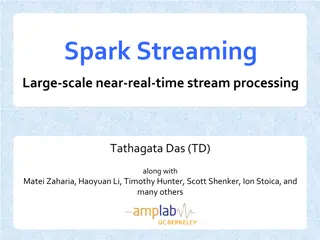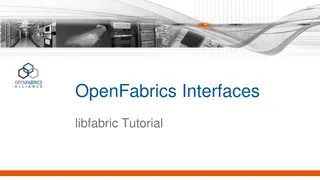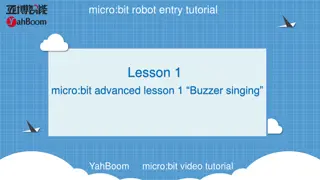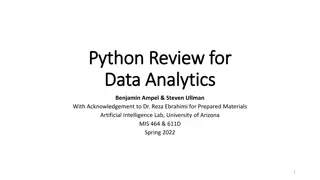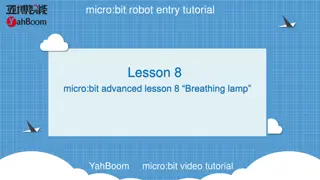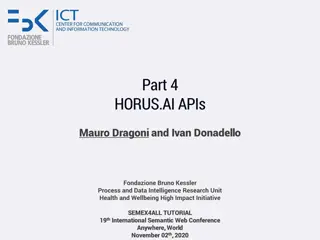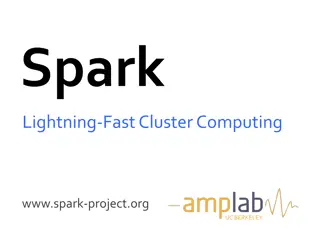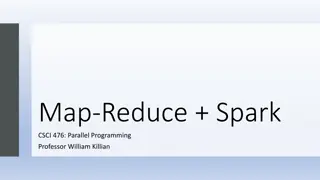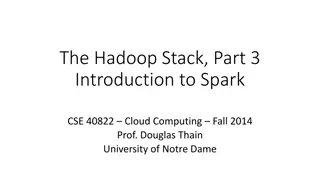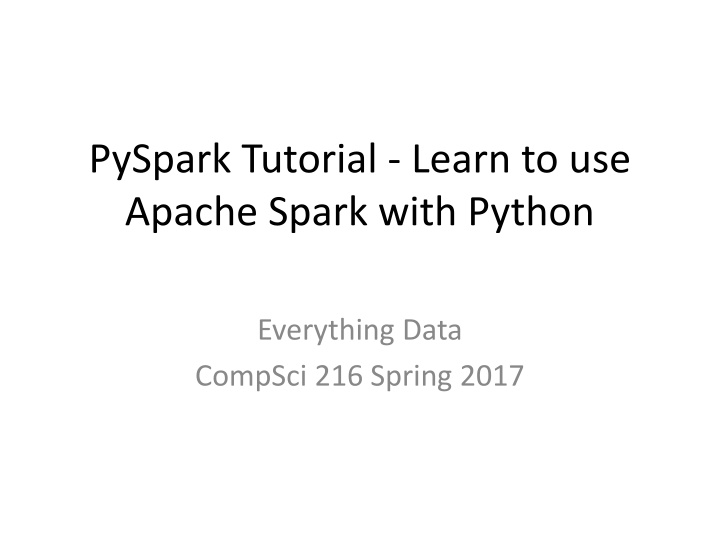
Learn PySpark: Apache Spark Tutorial with Python
"Discover the power of PySpark with this comprehensive Apache Spark tutorial. Explore SparkContext, Resilient Distributed Datasets (RDD), transformations, actions, and more for efficient big data processing."
Download Presentation

Please find below an Image/Link to download the presentation.
The content on the website is provided AS IS for your information and personal use only. It may not be sold, licensed, or shared on other websites without obtaining consent from the author. If you encounter any issues during the download, it is possible that the publisher has removed the file from their server.
You are allowed to download the files provided on this website for personal or commercial use, subject to the condition that they are used lawfully. All files are the property of their respective owners.
The content on the website is provided AS IS for your information and personal use only. It may not be sold, licensed, or shared on other websites without obtaining consent from the author.
E N D
Presentation Transcript
PySpark Tutorial - Learn to use Apache Spark with Python Everything Data CompSci 216 Spring 2017
Outline Apache Spark and SparkContext Spark Resilient Distributed Datasets (RDD) Transformation and Actions in Spark RDD Partitions
Apache Spark and PySpark Apache Spark is written in Scala programming language that compiles the program code into byte code for the JVM for spark big data processing. The open source community has developed a wonderful utility for spark python big data processing known as PySpark.
SparkContext SparkContext is the object that manages the connection to the clusters in Spark and coordinates running processes on the clusters themselves. SparkContext connects to cluster managers, which manage the actual executors that run the specific computations spark = SparkContext("local", "PythonHashTag")
Resilient Distributed Datasets (RDD) An RDD is Spark's representation of a dataset that is distributed across the RAM, or memory, of lots of machines. An RDD object is essentially a collection of elements that you can use to hold lists of tuples, dictionaries, lists, etc. Lazy Evaluation : the ability to lazily evaluate code, postponing running a calculation until absolutely necessary. numPartitions = 3 lines = spark.textFile( hw10/example.txt , numPartitions) lines.take(5)
Transformation and Actions in Spark RDDs have actions, which return values, and transformations, which return pointers to new RDDs. RDDs value is only updated once that RDD is computed as part of an action
Transformation and Actions Spark Transformations map() flatMap() filter() mapPartitions() Spark Actions reduceByKey() collect() count() take() takeOrdered()
map() and flatMap() map() map() transformation applies changes on each line of the RDD and returns the transformed RDD as iterable of iterables i.e. each line is equivalent to a iterable and the entire RDD is itself a list flatMap() This transformation apply changes to each line same as map but the return is not a iterable of iterables but it is only an iterable holding entire RDD contents.
map() and flatMap() examples lines.take(2) [ #good d#ay # , #good #weather ] words = lines.map(lambda lines: lines.split(' ')) [[ #good , d#ay , # ], [ #good , #weather ]] words = lines. flatMap(lambda lines: lines.split(' ')) [ #good , d#ay , # , #good , #weather ] Instead of using an anonymous function (with the lambda keyword in Python), we can also use named function anonymous function is easier for simple use
Filter() Filter() transformation is used to reduce the old RDD based on some condition. How to filter out hashtags from words hashtags = words.filter(lambda word: "#" in word) [ #good , d#ay , # , #good , #weather ] which is wrong. hashtags = words.filter(lambda word: word.startswith("#")).filter(lambda word: word != "#") which is a caution point in this hw. [ #good , #good , #weather ]
reduceByKey() reduceByKey(f) combines tuples with the same key using the function we specify f. hashtagsNum = hashtags.map(lambda word: (word, 1)) [( #good ,1), ( #good , 1), ( #weather , 1)] hashtagsCount = hashtagsNum.reduceByKey(lambda a,b: a+b) or hashtagsCount = hashtagsNum.reduceByKey(add) [( #good ,2), ( #weather , 1)]
RDD Partitions Map and Reduce operations can be effectively applied in parallel in apache spark by dividing the data into multiple partitions. A copy of each partition within an RDD is distributed across several workers running on different nodes of a cluster so that in case of failure of a single worker the RDD still remains available.
mapPartitions() mapPartitions(func) transformation is similar to map(), but runs separately on each partition (block) of the RDD, so func must be of type Iterator<T> => Iterator<U> when running on an RDD of type T.
Example-2: Find Minimum and Maximum
optional reading Resilient Distributed Datasets: A Fault-Tolerant Abstraction for In-Memory Cluster Computing Reference https://www.dezyre.com/apache-spark-tutorial/pyspark-tutorial http://www.kdnuggets.com/2015/11/introduction-spark- python.html https://github.com/mahmoudparsian/pyspark- tutorial/blob/master/tutorial/map-partitions/README.md



